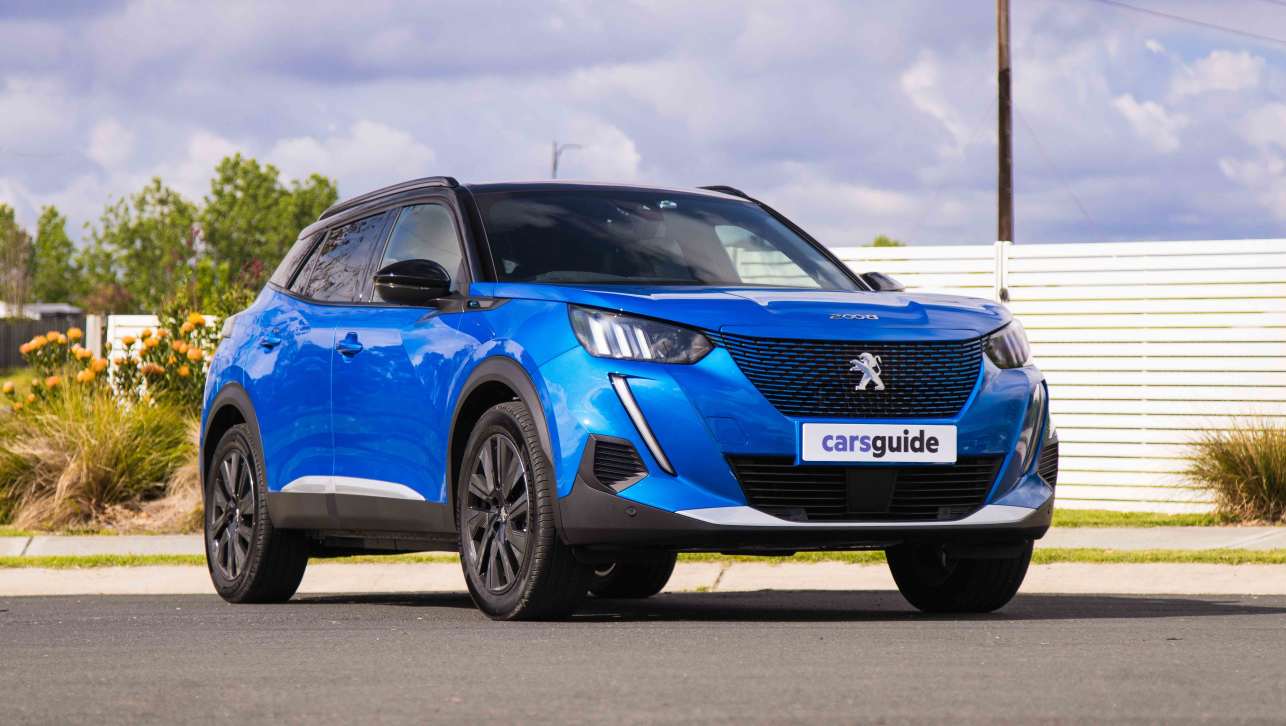Longtime Ferrari President and Chairman, Luca di Montezemelo wanted acquiring one of the famous Italian brand’s products to be a challenge.
Like Studio 54 in the ‘70s, everybody wanted to get in… because you couldn’t get in. And 10 years ago it was an arbitrary 7000 unit cap on global Ferrari production that created a similar aspiration and clamour for entry to an ultra-exclusive four-wheeled club.
But when Signore di Montezemelo departed Maranello after more than two decades at the helm in 2014, his limited-volume strategy was immediately consigned to the rubbish bin by Fiat CEO (later FCA chief) and Chairman and CEO of Ferrari from 2016 until his death in 2018, Sergio Marchionne.
More than 10,000 units have rolled off the production line each year after that, Marchionne believing even that larger number was still a minute drop in the automotive ocean and the brand’s desirability would be undiminished.
And it looks like history is proving the ‘open the taps’ approach to be positive in terms of profit generation with no discernible erosion of the brand’s immense equity.
Ferrari’s 48.6x share price-to-earnings (PE) ratio is more in line with a premium fashion brand like Hermès (44.2x) than Ford (11.4x) or VW (4.3x).
Ferrari production hit 13,221 units in 2022 (up from 11,155 in 2021) and net profit reached a new high of EUR 939 million (AUD$1.57 billion).
It feels like the sky’s the limit, but Ferrari Australasia President, Jan Hendrik Voss recently told CarsGuide, “The strategy will always remain building one less car than the market wants.
“That being said, we are at the moment, reaching capacity, so, the demand is so strong right now, especially here in Australia and New Zealand, that it is difficult to satisfy the entire demand and I’m not even sure if I would like to.
.jpg)
“The capacity of the factory these days, which I think is what naturally limits it, they can’t really build more than 15,000 cars a year, including all the race cars. So, there is a cap that kind of exists from that point-of-view.
“There are not a lot of robots in the factory. It’s still a lot of people hand-making cars and there are only so many you can put out, even if you wanted to increase. The capacity doesn’t exist,” he said.
Despite this, Ferrari is bullish on the new product front stating its intention to launch 15 new models between now and 2026, with an electrification plan including the 2025 release of the first full electric vehicle to wear the Prancing Horse badge.
As Mr Voss says, “We’re expanding the factory. We have a site for our batteries, a site for electric motors. That’s happening, but the demand is out-stripping supply so much that increases in capacity are not as drastic as people may think.
“We’ll see how these investments in the factory will translate into differences in capacity of production.
“Everybody wants these cars and there are not so many around, but it requires a lot of discipline and market analysis to decide how many cars we’re taking.
.jpg)
“At least as far as Australia is concerned, we’ve always looked at what the market would like to take and then played within that demand to make sure that we’ve taken the right amount of cars,” he said.
Interestingly, Ferrari's stated aim of achieving carbon neutrality by 2030 is hampered slightly by its increased production numbers.
In the United States the National Highway Traffic Safety Administration (NHTSA) limits Small Volume Manufacturer (SVM) status, and the fuel economy/emissions concessions SVMs receive, to 10,000 units per annum.
So, Ferrari has purchased fuel economy (‘CAFE’) credits to fulfill its 2021 and ‘22 deficits, and says it is expecting to adopt the same approach in coming years if required.
An important factor given ‘The Americas’ account for more than a quarter of Ferrari sales worldwide.
For the record, the current global sales split is EMEA (Europe, Middle East and Africa) - 45.1 per cent, Americas - 26.1 per cent, Mainland China, Hong Kong and Taiwan - 11.7 per cent and Rest of APAC - 17.1 per cent of units shipped.


.jpg)
.jpg)





.jpg)
.jpg)
.jpg)
.jpg)

.jpg)

.jpg)
.jpg)
.jpg)

.jpg)

.jpg)
.jpg)






Comments